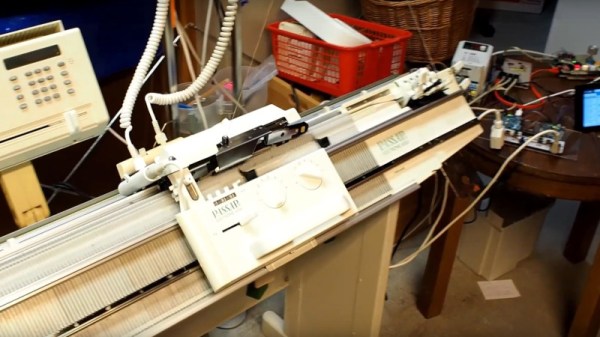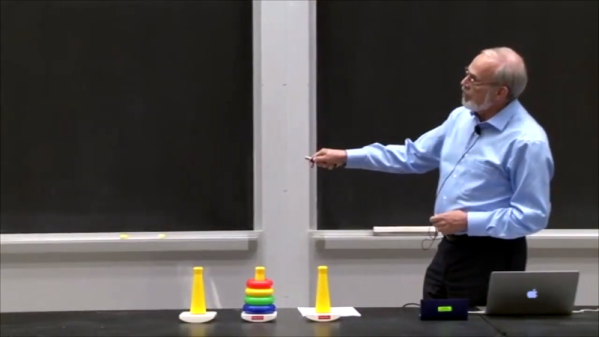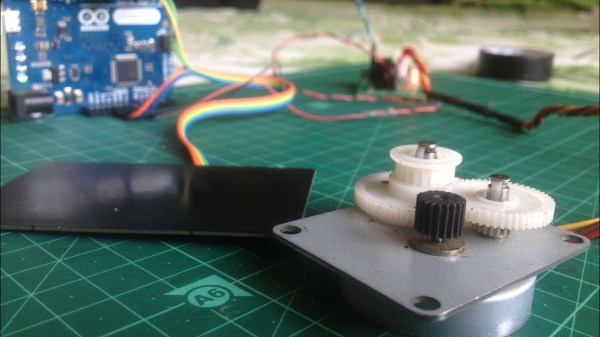For those of us who started experimenting with electricity when we were very young, one of the essential first skills was learning how to twist wires together. It seems like there’s not much to learn, but after a few failed attempts with nothing but your fingers, you learned a few tricks that are probably still with you to this day. It’s not surprising, then, that there’s an official US Army way to twist wires together, as this Signal Corps training film from 1941 shows.
Considering that the Signal Corps had nearly 80 years of experience with wiring battlefield communications at the outbreak of World War II, their methods were pretty solid, as were their materials. The film mainly concerns the splicing together of rolls of type W110-B field wire, used by the Signal Corps to connect command posts to forward positions, observation posts, and the rear echelons. More often than not laid directly upon the ground, the wire had to be tough, waterproof, and conductive enough that field telephone gear would still work over long loop lengths. As such, the steel-reinforced, rubber-and-fabric clad cable was not the easiest stuff to splice. Where we might cringe at the stresses introduced by literally tying a conductor in knots, it was all part of the job for the wire-laying teams that did the job as quickly as possible, often while taking enemy fire.
The film also has a section on splicing a new line into an existing, in-service circuit, using a T-splice and paying careful attention to the topology of the knots used, lest they come undone under stress. It’s fascinating how much thought was put into something as mundane as twisting wires, but given the stakes, we can appreciate the attention to detail.
Continue reading “Retrotechtacular: Wire Splicing The Army Way”


















